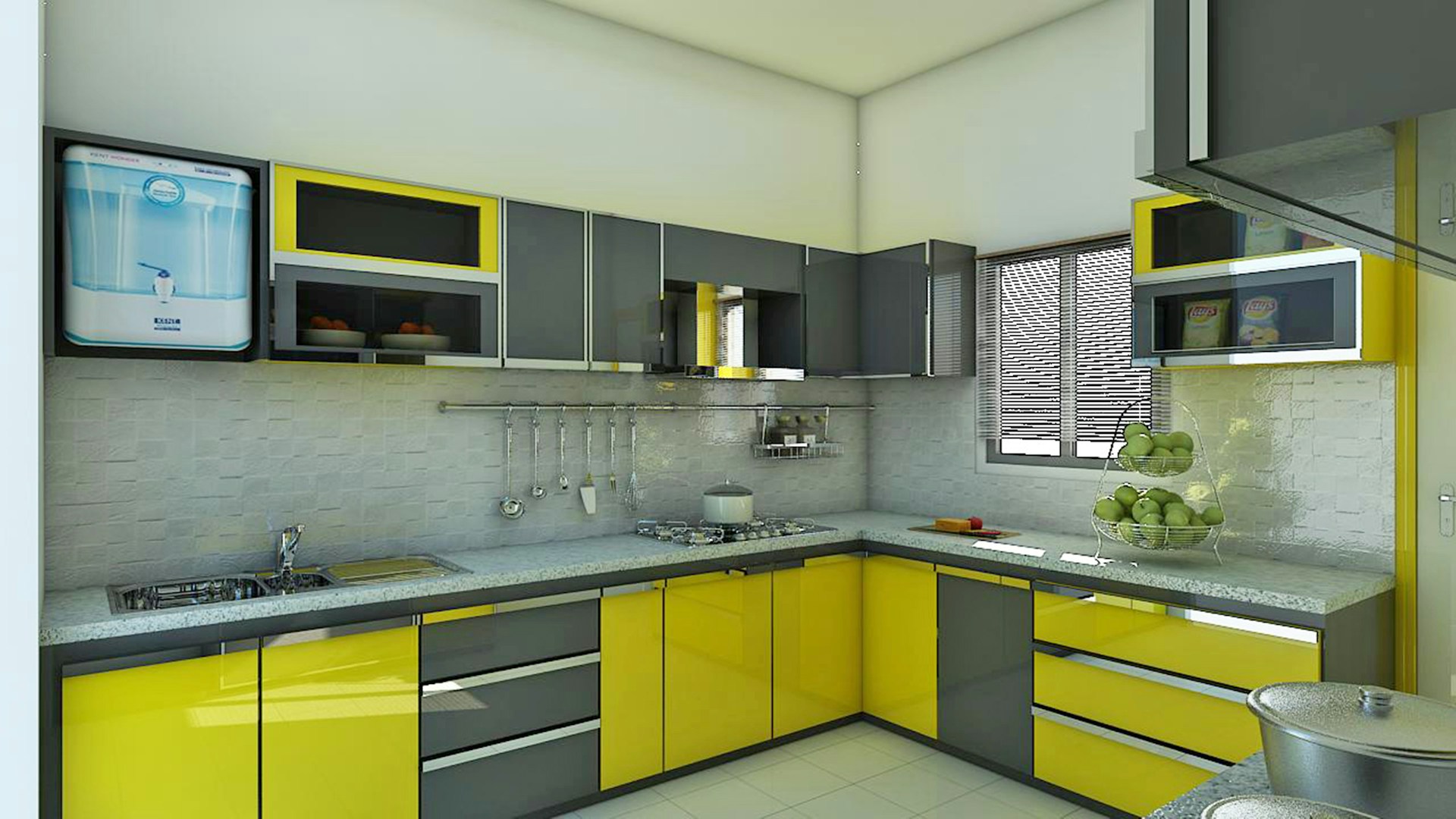Setting up a kitchen monitoring system can seem daunting. However, with the right tools and an understanding of the key factors such as food intake, meal size, portion control, and tracking, it becomes a smooth process. This system not only helps in maintaining health by monitoring caloric intake but also aids in efficient inventory management. Let’s dive into how you can implement this method in your kitchen.
Using Software to Track Caloric Intake and Portion Control
Software has become an indispensable tool in modern kitchens. It helps maintain a record of the food you consume, the portion sizes, and the frequency of your meals. Such software can also provide a detailed report on your caloric intake.
This might interest you : What are the specific types of faucets that provide convenience in a health-oriented kitchen?
These applications usually come with an in-built food database. You can just enter the type and quantity of food you eat, and the software will calculate the calories for you. Some even allow you to scan the barcode of packaged goods for an accurate report.
Moreover, these software tools can also assist in portion control. For instance, if you plan to eat a plate of pasta, you can enter the ingredient list into the app, specify your serving size, and the software will then calculate the calories per serving.
Also to discover : How can the choice of cabinet handles in the kitchen aid in the prevention of cross-contamination?
The Importance of Food Inventory Management
Having an up-to-date food inventory can save you both time and money. A well-planned inventory helps avoid food wastage, keeps track of what’s in stock, and helps in meal planning.
To start with, make a list of all food items in your kitchen. This will include everything from fresh produce to canned goods. Note down their weight and expiry dates. You might want to divide your inventory into categories such as dairy, meats, grains, fruits and vegetables for ease of access.
Once you have the list, you can set reminders to use items nearing their expiry dates. This way, you can ensure that nothing goes to waste. Furthermore, tracking your inventory will give you a clear picture of what’s available in your kitchen, helping you plan your meals better.
Monitoring Portion Sizes for Health
Portion control is crucial in maintaining a balanced diet. It helps in weight control and ensures you get a variety of nutrients from different food groups.
A plate model is a simple yet effective tool for portion control. It suggests dividing your plate into parts – half for fruits and vegetables, a quarter for proteins, and the remaining quarter for grains.
Weight is another important aspect of portion control. Each food group has a recommended serving size, usually measured in ounces or grams. Having a kitchen scale can help you measure your portions accurately.
Remember, while it’s important to control portion sizes, it’s equally important not to starve yourself. If you’re still hungry after a meal, opt for healthy snacks such as fruits or nuts.
Planning Meals for a Balanced Diet
Meal planning plays an integral part in leading a healthy lifestyle. It involves planning your meals in advance, usually for the week, and shopping for ingredients accordingly. This not only saves time but also guarantees a balanced diet.
When planning your meals, ensure you include a variety of foods from all food groups. This ensures the intake of different nutrients and prevents you from getting bored with your diet.
Including portion sizes in your meal plan can help in maintaining weight. You can decide beforehand what and how much you are going to eat, thus avoiding overeating.
Using Mobile Applications for Tracking
Mobile applications have revolutionized the way we track our food intake. There are many apps available that help you log your meals, count calories, and even guide you with portion sizes.
These apps are user-friendly and convenient. All you need to do is enter your food and portion size, and the app will calculate the calories. Some apps also allow you to input your weight, activity level, and health goals, providing a customized diet plan.
In addition to counting calories, these apps can also track your macro and micronutrient intake. They provide a detailed breakdown of the nutrients you consume, ensuring you have a balanced diet.
Remember, using such tools can only assist you. You must also make conscious efforts to eat healthily and maintain an active lifestyle.
Utilizing the Kitchen Scale for Accurate Portion Sizes
Taking charge of your portion sizes is a cornerstone of a healthy eating lifestyle, and one of the most reliable tools to do this is a kitchen scale. With this tool, you can ascertain the exact weight of your food, thereby helping you maintain the serving sizes recommended by nutritionists.
The key to using a kitchen scale is understanding that weight is the most accurate measurement of food. For example, a cup of chopped vegetables will contain fewer pieces and thus fewer calories than a cup of finely diced vegetables.
When you start using a kitchen scale, it’s important to calibrate it first. This ensures that it provides accurate readings. Once that’s done, you can start weighing your food. Place your plate or bowl on the scale, zero it out, and then add your food. The scale will give you the weight of your food in ounces or grams.
A kitchen scale is particularly useful when it comes to cooking at home. Many recipes provide ingredient amounts in weight, which is more accurate than volume.
While a kitchen scale is an invaluable tool, it’s also essential not to become overly reliant on it. It’s crucial to learn to eyeball portion sizes, so you can maintain your portion control even when you’re dining out or don’t have access to a scale.
The Role of Meal Prep in Managing Caloric Intake
Meal prep is a strategy that involves planning and preparing meals in advance. This method can play a significant role in tracking caloric intake and portion sizes.
When you prepare your meals in advance, you’re in total control of what goes into your food. This can be particularly useful if you’re trying to lose weight or adhere to a specific diet. You can plan each meal to include the right amount of proteins, carbohydrates, and fats, and ensure you’re not exceeding your daily caloric intake.
Moreover, meal prep can also help prevent food waste. Since you’re only buying the food items you need for your meals, you’re less likely to have surplus ingredients that end up in the bin.
To start meal prepping, begin by creating a meal plan. This should include all the meals you’ll eat in the coming week, including snacks. Next, create a shopping list based on this plan. When you have all your ingredients, you can start cooking.
Meal prep doesn’t necessarily mean you have to cook all your meals in one go. You could prepare the ingredients for each meal and store them in the fridge. For instance, you could chop all your vegetables, or portion out the meat you’ll need. This way, when it’s time to cook, all you have to do is assemble and cook your ingredients.
Wrapping Up
Setting up a kitchen monitoring system to keep track of caloric intake and portion sizes is an effective method to maintain a healthy lifestyle. By utilizing software tools, maintaining an inventory of food items, monitoring portion sizes with a kitchen scale, and incorporating meal prep, you can exercise better control over your food intake.
These practices not only help in weight loss but also aid in reducing food waste and ensuring a balanced diet. The most important factor, however, is consistency. It’s crucial to stick with these habits and make them a part of your everyday routine.
Remember, while these tools and strategies provide significant help, they are only aids. The crux of healthy eating lies in making conscious choices and developing healthy eating habits. So, embrace these practices, but also listen to your body and make adjustments according to your individual needs.






